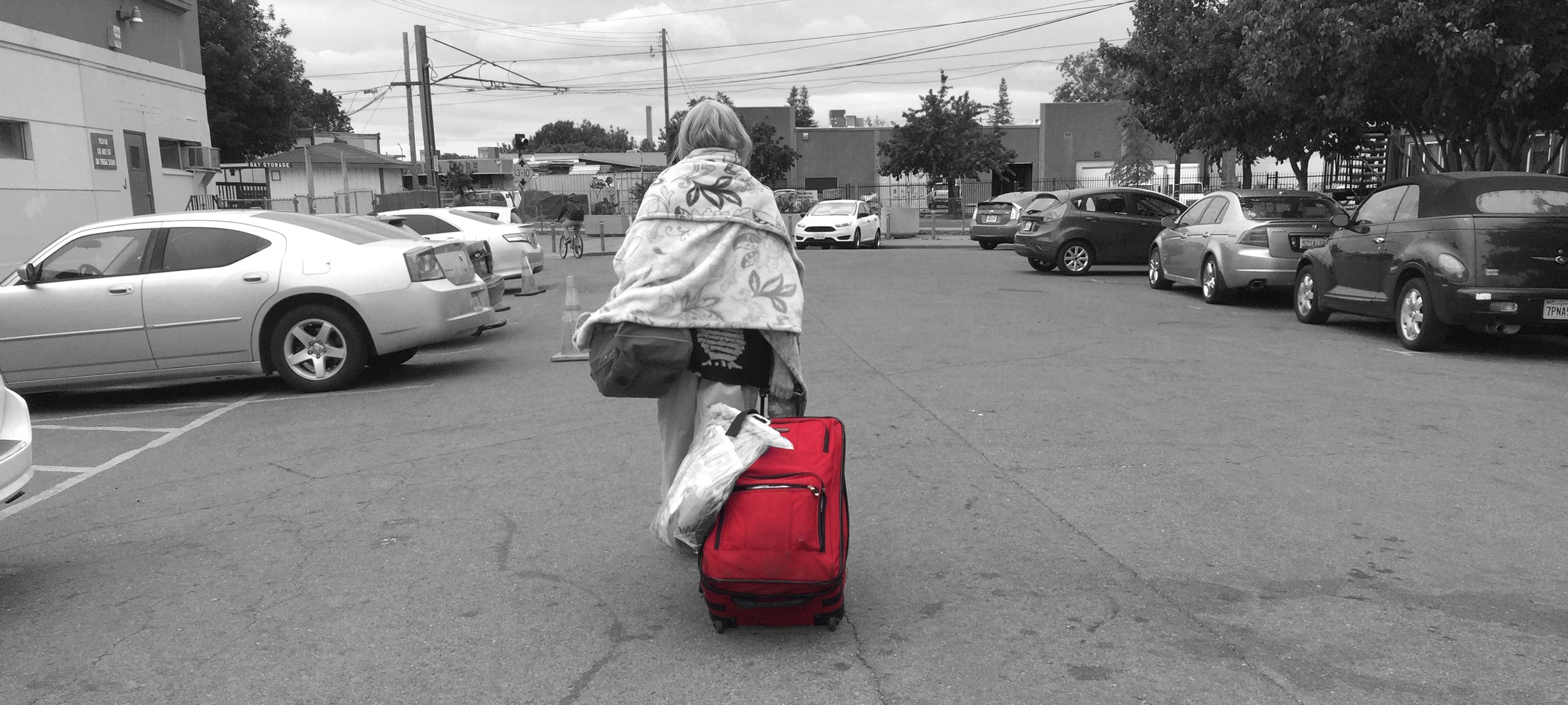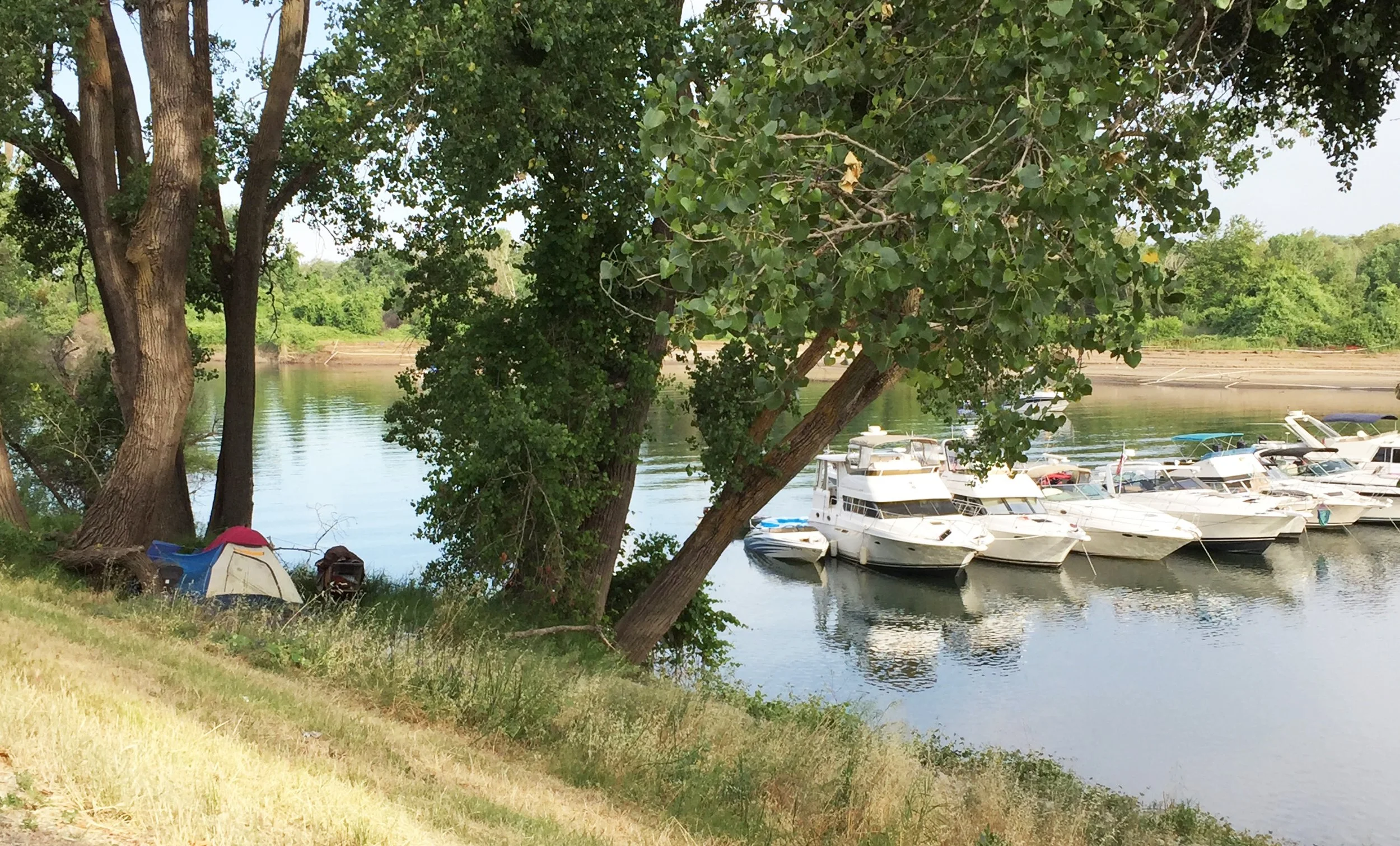
research is dialogue
Research means asking questions of a particular space, a particular people. Research asks questions systematically, according to tested methods. Then asks questions of the researchers themselves.
Growing Up in Cities III
Part of an international effort, GUIC III United States seeks to understand the link between where a young person lives and their health and wellbeing. Four cities associated with UNICEF USA’s Child Friendly Cities Initiative – Minneapolis, Minnesota, Prince George’s County, Maryland, Houston, Texas and San Francisco, California – were selected as study sites because each city expressed interest in making their community more supportive of youth. These communities represent varied density and income levels. San Francisco has the highest density and highest incomes while offering urban neighborhoods with diverse socio-economic challenges.
Tenderloin, San Francisco
Like many urban populations in California, San Francisco’s housing costs often force workers with lower incomes to either live elsewhere and commute into the city or else to occupy apartments shared by multiple families (Saulon 2021). Within the city, the Tenderloin neighborhood is a five block by seven block area that sits in the center just west of downtown San Francisco. It is a dense, historic residential neighborhood with lower incomes, higher drug use and homelessness (see Table 1). There is also a correlation between historic discriminatory practices, such as red-lining, and the current health of the Tenderloin population (Nardone et al. 2020). In the context of these challenges, 3500 children live in the neighborhood (10% of population), many as part of recently immigrated families. They live in a majority-minority neighborhood similar to the city, which is 38% white alone, 37% Asian, 16% Latino/a, 6% Black and 5% mixed race.
Nardone, Anthony, Joan A Casey, Rachel Morello-Frosch, Mahasin Mujahid, John R Balmes, and Neeta Thakur. 2020. “Associations between Historical Residential Redlining and Current Age-Adjusted Rates of Emergency Department Visits Due to Asthma across Eight Cities in California: An Ecological Study.” The Lancet Planetary Health 4 (1): e24–31.
Saulon, Marjon. 2021. “How San Francisco Bay Area Residents Are Confronting a Persistent Housing Crisis.” American Communities Project. 2021. https://www.americancommunities.org/chapter/how-san-francisco-bay-area-residents-are-confronting-persistent-housing-crisis/.
Homelessness research
This research explores the relationship between the homeless mobile subject and the city within which s/he moves. In the evaluation of the homeless person and the city, I address the artificial separation of the two. Homelessness is a result of urban cultural and economic processes, not as an outlier. Likewise, the spatial processes of homelessness are not independent from social systems, but concomitant. People inhabit (uneven) space, not as located occupiers, but as relatable socio-spatial beings (Ingold, 2009). As the city sets up barriers to homeless movement, homeless people react and transform methods of exclusion into their own modes of relating to the rest of the city; these transformations in turn shape the city. The primary method homeless people use to address exclusions is transgression, both as experienced by homeless people and as seen by the wider public. Transgression becomes a lens through which the understanding of the homeless movement/city relationship takes place.
The American River in Sacramento, California
Sacramento and Santa Cruz share qualities of open space central to downtown, large homeless populations, fair weather and centrally-located social services. Sacramento is flat and more connected (it has a light rail system). Sacramento’s homeless population, according to the 2022 Point-in-Time Count (Sacramento Steps Forward), makes up 59 people out 10,000 of the county’s population, trends toward older white males who are increasingly sleeping out rather than making use of shelters. Those people often inhabit the American River, both the north side of the American River Parkway and the south side of the River District. The system of levees and infrastructure hosts encampments where people live who have something to say about the city.
The San Lorenzo River in Santa Cruz, California
Santa Cruz is hilly, tourist-oriented and a university town. It’s homeless population makes up 1.6% of the town’s population, trends toward a diversity of white and latino/a individuals, many of whom camp in the surrounding forests (Applied Survey Research, 2017). Santa Cruz has few shelter beds in relation to the number of homeless people, making it an interesting counterpoint to Sacramento, which has more resources. In both cities, the unsheltered homeless population is growing, providing opportunities for homeless interactions outside in certain key areas of the city, particularly along the banks of the San Lorenzo River.



